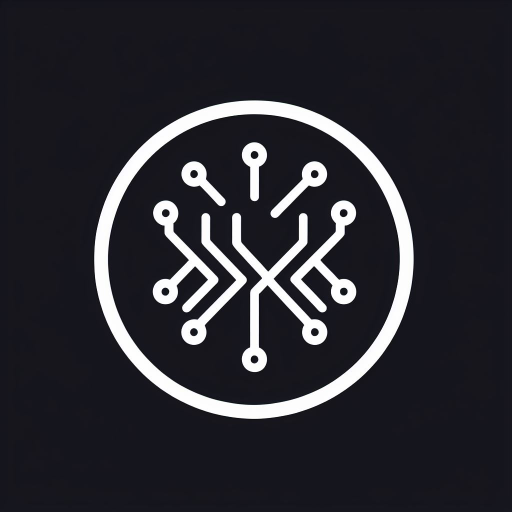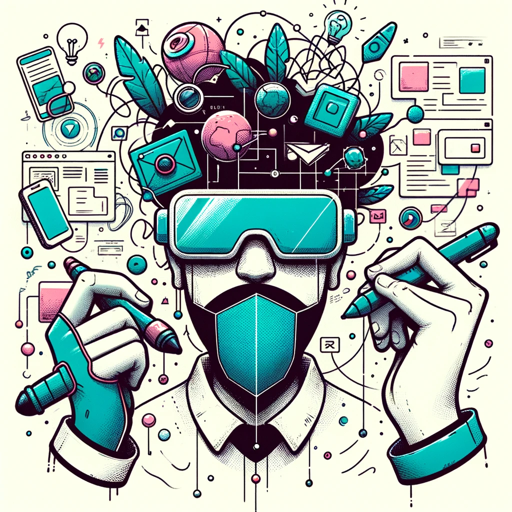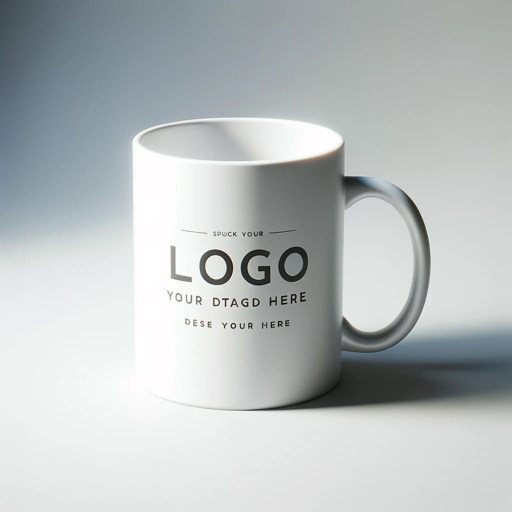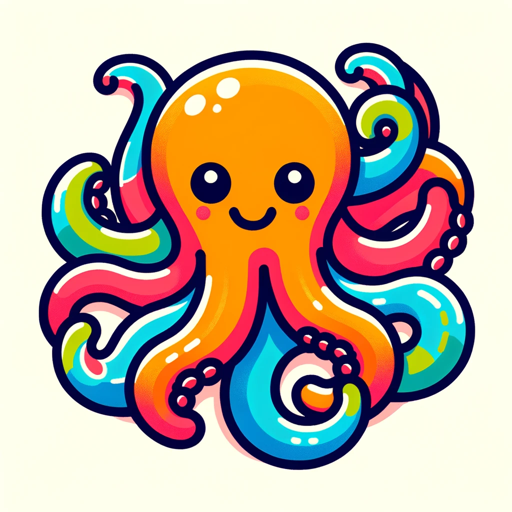UX Design GPT • Based on Design-Thinking-AI-powered UX design assistant
Empower your UX design with AI insights.
Define a user persona for...
Ideate some ideas for...
Design some inspiration for...
Help me with user research for...
Share some ways I can test...
Related Tools
Load More
UX GPT
AI for UX designers, enriched with 100+ Case studies - generate UX problems, analyze your data, and more.
UX Design and Research. ai
The world's most powerful UX Design & Research assistant for everyone.

Design Thinking GPT
Expert in design thinking, guiding you in creating user-centered products. This gpt helps you finding the right design methods and activities for your project! ♦︎ made by www.linkedin.com/in/juliandorn

DesignGPT
DesignGPT is an AI product designer created by Innoverse, accelerating the evolution of design to intelligence.

UI/UX Replica GPT
Recreates UI designs from images with precise style and UX replication.

UX/Product Design
UX/Product design expert analyzing and auditing UI designs.
20.0 / 5 (200 votes)
Introduction to UX Design GPT • Based on Design-Thinking
UX Design GPT • Based on Design-Thinking is a virtual assistant tailored to support the user experience (UX) design process through the principles of design thinking. It is designed to assist in various stages such as research, defining problems, ideating, prototyping, and testing. The primary goal is to enhance the design process by providing insightful suggestions, feedback, and guidance, ensuring user-centric solutions. For example, during the research phase, it can recommend suitable methodologies such as user interviews or surveys based on the project's needs. In the prototyping phase, it can suggest appropriate low-fidelity or high-fidelity prototyping techniques. This tailored approach ensures that each phase of the design process is optimized for better outcomes.

Main Functions of UX Design GPT • Based on Design-Thinking
Conducting Research
Example
Suggesting methodologies like user interviews, surveys, and usability testing based on the project requirements.
Scenario
A design team wants to understand user behavior for a new app. UX Design GPT recommends conducting ethnographic studies and usability testing to gather qualitative data.
Defining Problems
Example
Utilizing techniques like empathy mapping, user personas, and problem statement articulation.
Scenario
A team is struggling to articulate the core problem users face. UX Design GPT suggests creating empathy maps and defining user personas to gain deeper insights and articulate the problem statement clearly.
Ideating Solutions
Example
Providing brainstorming techniques such as mind mapping, SCAMPER, and rapid ideation.
Scenario
During a brainstorming session, UX Design GPT proposes using the SCAMPER method to stimulate creative ideas and ensure a diverse range of potential solutions are considered.
Prototyping
Example
Recommending appropriate prototyping methods, from paper sketches to high-fidelity digital prototypes.
Scenario
A startup needs to create a prototype for investor presentations. UX Design GPT suggests starting with low-fidelity sketches and gradually moving to interactive digital mockups for detailed feedback.
Testing and Evaluation
Example
Guiding through various testing methodologies like A/B testing, beta testing, and user feedback collection.
Scenario
Post-prototype creation, UX Design GPT advises on conducting A/B testing and collecting user feedback through surveys and interviews to refine the design based on real user inputs.
Ideal Users of UX Design GPT • Based on Design-Thinking
UX Designers
Professionals responsible for creating user interfaces and experiences. They benefit from structured guidance on research methodologies, prototyping techniques, and testing strategies, enhancing their workflow and ensuring user-centric designs.
Product Managers
Individuals overseeing product development from conception to launch. They gain from insights into user needs, problem definition techniques, and iterative testing processes, leading to more successful product outcomes.
Startup Founders
Entrepreneurs looking to develop new products or services. They receive valuable support in understanding user problems, generating innovative ideas, and creating effective prototypes, which are crucial for early-stage development and attracting investors.
Educators and Students in Design
Those teaching or learning about UX and design thinking. They benefit from a comprehensive toolkit of methodologies and practical examples that enhance their understanding and application of design principles in real-world projects.

How to Use UX Design GPT • Based on Design-Thinking
Visit aichatonline.org
Start with a free trial without the need for a login or ChatGPT Plus subscription.
Define Your UX Needs
Determine which phase of the UX design process (research, define, ideate, prototype, or test) you need assistance with.
Input Specific Queries
Ask detailed and specific questions about your UX design challenges to get tailored responses.
Utilize Provided Resources
Make use of the structured information, tools, and methodologies recommended in the responses.
Iterate and Refine
Implement the suggestions, test outcomes, and refine your design process based on feedback and results.
Try other advanced and practical GPTs
Tax Manager - taxes
AI-powered solutions for tax management

Rebecca Art
AI-powered watercolor artistry for all

Epic Mock-Up Master
AI-Powered Mock-Up and Logo Design

Generador de imagen de personaje ficticio
AI-powered character design and visualization

Marcos, Redator
AI-powered content creation for better SEO.

Strap UI
AI-Powered Web Page Builder

UX Copy Bot
AI-powered UX copywriting for seamless user experiences

Slogan
AI-powered slogans in seconds.

Character Creator: Visual Identity
AI-powered detailed character creation.
Character Creator: Character Sheet
AI-powered tool for detailed character creation.
Internal Audit and Risk Management GPT
AI-Enhanced Internal Audit and Risk Management

WP Interpreter
AI-Powered Support for WordPress Success

- Idea Generation
- Prototyping
- User Research
- User Testing
- Problem Defining
Detailed Q&A about UX Design GPT • Based on Design-Thinking
What is UX Design GPT • Based on Design-Thinking?
UX Design GPT • Based on Design-Thinking is a virtual assistant designed to support various stages of the UX design process, including research, defining problems, ideation, prototyping, and testing. It offers insightful suggestions and feedback to optimize user experiences.
How can this tool help with user research?
The tool provides methodologies for both quantitative and qualitative research, such as surveys, user interviews, and usability testing, enabling comprehensive understanding of user needs and behaviors.
What are some ideation techniques available?
It offers various brainstorming and creative thinking approaches like mind mapping, SCAMPER, and role-playing to generate innovative ideas and solutions.
Can it assist with prototyping?
Yes, it includes methods for low-fidelity and high-fidelity prototyping, such as paper prototypes, interactive mockups, and digital wireframes, to visualize and test design concepts.
How does it support the testing phase?
The tool provides a range of user testing and feedback collection methods, including usability testing, A/B testing, and contextual inquiry, to evaluate and refine designs effectively.